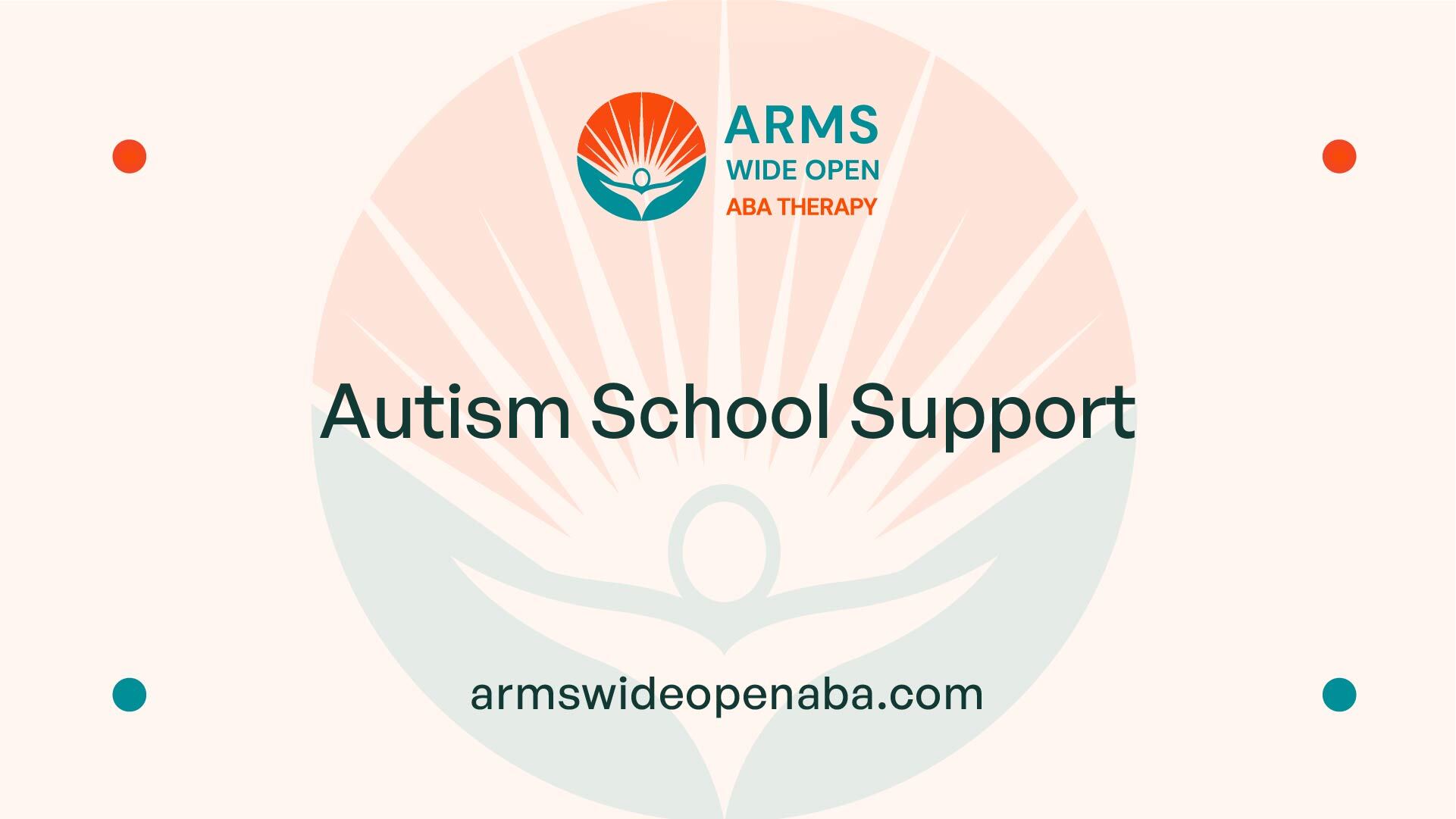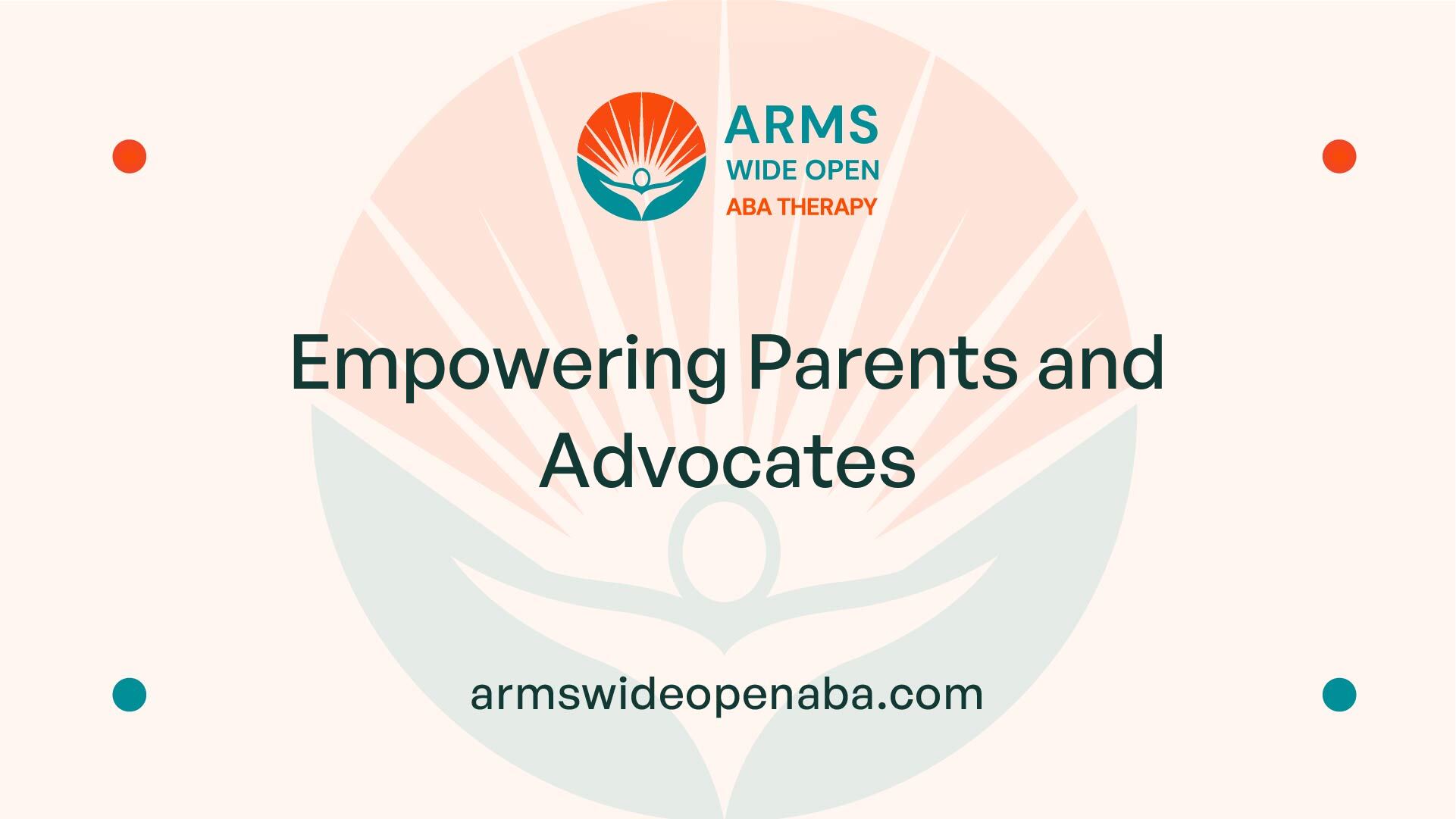Autism School Support
Navigating the Educational Landscape for Children with Autism


Understanding Educational Rights for Autistic Students
Navigating the educational landscape for children with autism can be complex, but understanding their rights and available resources is crucial. Federal laws like the Individuals with Disabilities Education Act (IDEA) ensure that these children have access to appropriate educational supports and services designed to meet their unique needs. Parents, educators, and school administrators must work collaboratively to ensure that autistic students can thrive in their learning environments.
Understanding Rights and Entitlements in Education
What rights and educational entitlements do children with autism have in school settings?
Children diagnosed with autism are entitled to a Free Appropriate Public Education (FAPE) under the Individuals with Disabilities Education Act (IDEA). This law mandates schools to address the individual needs of each child through tailored services and supports. Central to these provisions is the Individualized Education Program (IEP), which specifies educational goals and necessary interventions designed to help each child thrive in an academic setting.
FAPE and the IEP
The IEP is crucial as it outlines the specialized instruction and services a child will receive, ensuring education is adapted to their particular strengths and challenges. Furthermore, IDEA emphasizes inclusion, advocating for placement in the Least Restrictive Environment (LRE). This means autistic children should learn alongside peers without disabilities whenever possible, fostering social interaction and mainstream learning opportunities.
Parental Involvement
Parents play an essential role in the educational journey of their autistic children. They actively collaborate in developing the IEP, having the right to voice concerns and seek modifications. This partnership approach helps in creating a supportive educational environment tailored to their child's unique needs.
Anti-Discrimination Laws
In addition to IDEA, anti-discrimination laws like Section 504 of the Rehabilitation Act and the Americans with Disabilities Act (ADA) provide essential protections. These laws ensure that students with autism receive reasonable accommodations and have equal access to educational resources. Overall, comprehensive legislation protects the rights and entitlements of children with autism in school settings, facilitating their educational journey and personal development.

Comprehensive Support Systems in Schools
What types of supports are available to students with autism in school settings?
Supports for students with autism in school settings can include a variety of tailored accommodations and services. These may involve:
Each of these supports is designed to create a more inclusive and effective learning environment, ensuring that students with autism can access and thrive in their education.

Crafting Individualized Programs for Success
How do schools typically support students with autism through individualized programs?
Schools support students with autism primarily through the development of an Individualized Education Program (IEP), a structured document that is crucial for outlining the specific educational needs and goals of the child. Under the Individuals with Disabilities Education Act (IDEA), the IEP must be tailored to address the unique challenges faced by each student, ensuring their right to a Free and Appropriate Public Education (FAPE) in the Least Restrictive Environment (LRE).
The IEP process encompasses multiple steps:
Inclusion initiatives play a significant role in these programs. Many schools aim to integrate students with autism into general education classrooms, providing ample opportunities for social interaction and peer engagement. This approach necessitates trained aides or shadow teachers who can assist students in navigating average classroom dynamics while ensuring their educational needs are met.
Parental involvement is equally critical. Engaging parents in the IEP process not only fosters collaboration but also ensures that the methods used at school align with strategies utilized at home. By leveraging students' interests, educators can design motivating and relatable lessons, crafting a richer educational experience that enhances learning outcomes for autistic students.

Effective Strategies for Educators
Classroom Strategies
To support students with Autism Spectrum Disorder (ASD) effectively, general education teachers should start by implementing individualized teaching strategies that align with each student's Individualized Education Plans (IEPs) or 504 plans. A predictable classroom environment is vital; maintaining clear routines can help reduce anxiety, making it easier for students to feel comfortable.
Teachers can help students navigate their classroom environments by guiding them in utilizing visual supports, such as schedules and color-coded reminders. These tools serve to enhance understanding and communication, ensuring students are aware of what is expected of them during the day.
Communication Techniques
Clear communication is paramount. Teachers should strive to provide instructions both verbally and in written form. This multi-modal approach can cater to students’ varying communication preferences. Additionally, incorporating techniques like priming—preparing students for upcoming activities—can greatly reduce anxiety by providing predictability.
Social Integration
Promoting social skills is essential. Structured activities that encourage positive peer interactions not only mitigate feelings of isolation but also protect against bullying. Educators should model respectful behavior while creating opportunities for students to work in small groups, fostering an environment of collaboration. Celebrating small achievements helps maintain motivation and engagement, building students' confidence in their abilities.
Implementing these strategies requires collaboration among educators, parents, and specialists to create a comprehensive support system for autistic students, ensuring they can thrive in educational settings.

Empowering Parents and Advocates
What should parents know about advocating for their child's educational needs in schools?
Parents advocating for their child's educational needs should first familiarize themselves with their rights under laws like the Individuals with Disabilities Education Act (IDEA) and Section 504 of the Rehabilitation Act. These laws ensure that children with disabilities, including autism, have access to a Free and Appropriate Public Education (FAPE) tailored to their individual needs.
Several resources can assist parents, such as the Center for Parent Information and Resources (CPIR) and local Parent Centers that offer support and guidance. These resources provide valuable insights into navigating the educational landscape.
Active participation in Individualized Education Program (IEP) meetings is vital. Parents should understand the evaluation process and be prepared to express their child's specific needs. Seeking training opportunities through workshops offered by organizations like PACER Center and Parents Reaching Out (PRO) can strengthen advocacy skills.
Maintaining open communication with teachers and school staff is essential. Building partnerships helps ensure that parents can effectively contribute to their child's educational success, aligning with the supports outlined in their IEP and promoting ongoing collaboration for the best outcomes.
Understanding Special Education Processes
What is involved in the eligibility and process for special education services, including IEPs and 504 plans?
Eligibility for special education services begins with an evaluation process. This typically involves a collaborative team of educators, specialists, and parents to assess the child’s needs.
To qualify for an Individualized Education Program (IEP), a student must meet at least one of the 13 disability categories defined by the Individuals with Disabilities Education Act (IDEA). This evaluation must demonstrate that the disability negatively impacts their educational progress, necessitating specialized instruction and support.
Conversely, a 504 Plan caters to students whose disabilities affect major life activities. This plan offers necessary accommodations to ensure access to education without requiring specialized instruction.
Key Differences Between IEPs and 504 Plans
AspectIEP504 PlanRequirementsMust show need for specialized instructionAccommodations without specialized instructionDocumentationInvolves comprehensive goals and progress trackingLess formal, may not require written documentationEligibilityBased on IDEA’s definitions of disabilitiesAny disability affecting major life activities
Parental Role in Special Education
Parents play a pivotal role in the special education process. They must provide consent for evaluations and actively participate in shaping educational plans. Collaboration between parents and educators ensures that tailored approaches meet the unique needs of students, solidifying a supportive learning environment.
Overall, both IEPs and 504 Plans aim to protect students' rights and enhance their educational experiences, reaffirming the necessity of inclusive education under laws like IDEA.
Building Inclusive Communities in Schools
How can inclusive learning environments be fostered for autistic students?
To foster inclusive learning environments for autistic students, educators must focus on creating structured routines and reducing sensory overload. This approach instills a sense of security and comfort, which is crucial for their learning.
Implementing individualized instruction is vital. Visual aids and simplified language can cater to diverse learning preferences, making it easier for autistic students to engage with the material. Additionally, promoting social interaction in varied settings helps in developing social skills while reducing anxiety.
Dedicated spaces for specific activities allow students to regroup, facilitating smoother transitions. Integrating regular breaks helps students manage their energy and provides opportunities for decision-making through choice-making activities, enhancing their engagement in learning.
What is the role of educators in promoting inclusivity?
Educators play a critical role in establishing an inclusive atmosphere. They should strive to understand each student's unique needs, incorporating high-leverage practices such as small-group instruction and peer-mediated interventions. Training can empower teachers to implement strategies that encourage collaboration and support among students of varying abilities.
Why is professional development important for inclusive education?
Ongoing professional development for educators is essential to equip them with effective teaching strategies and current research on autism. Programs that focus on evidence-based practices, like behavior management techniques, enable teachers to adjust their methods, fostering an environment where all students can thrive.
Creating an inclusive educational environment not only benefits autistic students but enhances the overall classroom experience, leading to better outcomes for every learner.
Charting a Supportive Path Forward
Building an educational system that is inclusive and supportive of autistic students requires a concerted effort from families, educators, and policy makers. By understanding the legal frameworks like IDEA, employing effective educational strategies, and fostering strong advocacy, we can ensure that children with autism have the equal opportunities they need to succeed. Through collaboration and continued learning, communities can create environments that honor the individuality of each student while underpinning their educational journey with the necessary resources and supports.
References
Similar articles
We’re here to help you

Our team is here to assist you in this process. Contact us for any assistance.
it’s easy to apply
We Accept Most Insurances
Our in-network insurance partnerships make ABA therapy more accessible to families throughout our service areas.







Our Insurance Process
We'll request your insurance details to help us verify your plan's coverage for ABA therapy. Once we've received this information, we'll walk you through your benefits, including copayments, deductibles and out-of-pocket maximums, so you know what to expect in advance.
Our team will then handle the preauthorization and all the necessary paperwork.
.svg)





















.jpeg)


































.jpeg)




.jpeg)







.jpeg)











.jpeg)
















